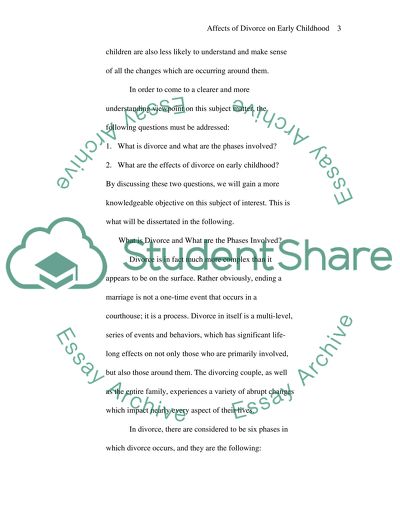Cite this document
(“Effects of Divorce on Early Childhood: A Critical Discussion Essay”, n.d.)
Effects of Divorce on Early Childhood: A Critical Discussion Essay. Retrieved from https://studentshare.org/miscellaneous/1526851-effects-of-divorce-on-early-childhood-a-critical-discussion
Effects of Divorce on Early Childhood: A Critical Discussion Essay. Retrieved from https://studentshare.org/miscellaneous/1526851-effects-of-divorce-on-early-childhood-a-critical-discussion
(Effects of Divorce on Early Childhood: A Critical Discussion Essay)
Effects of Divorce on Early Childhood: A Critical Discussion Essay. https://studentshare.org/miscellaneous/1526851-effects-of-divorce-on-early-childhood-a-critical-discussion.
Effects of Divorce on Early Childhood: A Critical Discussion Essay. https://studentshare.org/miscellaneous/1526851-effects-of-divorce-on-early-childhood-a-critical-discussion.
“Effects of Divorce on Early Childhood: A Critical Discussion Essay”, n.d. https://studentshare.org/miscellaneous/1526851-effects-of-divorce-on-early-childhood-a-critical-discussion.


